There’s this song that goes:
Son, in life you’re gonna go far
If you do it right
You’ll love where you are.
Just know, wherever you go
You can always come home.
…
Son, sometimes it may seem dark
But the absence of the light is a necessary part
Just know, you’re never alone
You can always come back home.
It’s 93 million miles, sung and partly written by Jason Mraz. It’s a song about something so much bigger than us, yet without which we cannot live. Though we are incomprehensibly far from the sun, its light and warmth after travelling all that way are perfect for us and our planet.
My son in Germany sometimes feels likes he’s millions of miles from home, but fortunately he’s not. He likes this song because of the reminder: You’re never alone. Once, when he was still living with us, I had a migrant English student come for a lesson and my son played 93 million miles on his guitar for her. We all sang it together, and by the end we felt like every one of the world’s problems was solvable!
93 million miles from the sun
People get ready, get ready,
‘Cause here it comes, it’s a light
A beautiful light
Over the horizon into our eyes.
Here’s my son when he was still in Australia, enjoying solitude between a rock and a hard place on ‘Ben’s Walk’, a riverside forest track in Nowra, New South Wales. It’s an image of solitude, a moment when he was on his own, contemplating the river view. Although, as the song says, ‘You’re never alone’: his dad was round the other side of the rock and I was outside the gap with a camera!

Actually, he’s not alone in Germany either, for he has his wife, Mrs Amazing. But this post is for him in those hours when she’s away doing amazingly astronomical things and he’s physically alone. It’s a bit of electronic interaction that might, just might, momentarily curb the negative side of his solitude.
Thanks WordPress for the challenge.

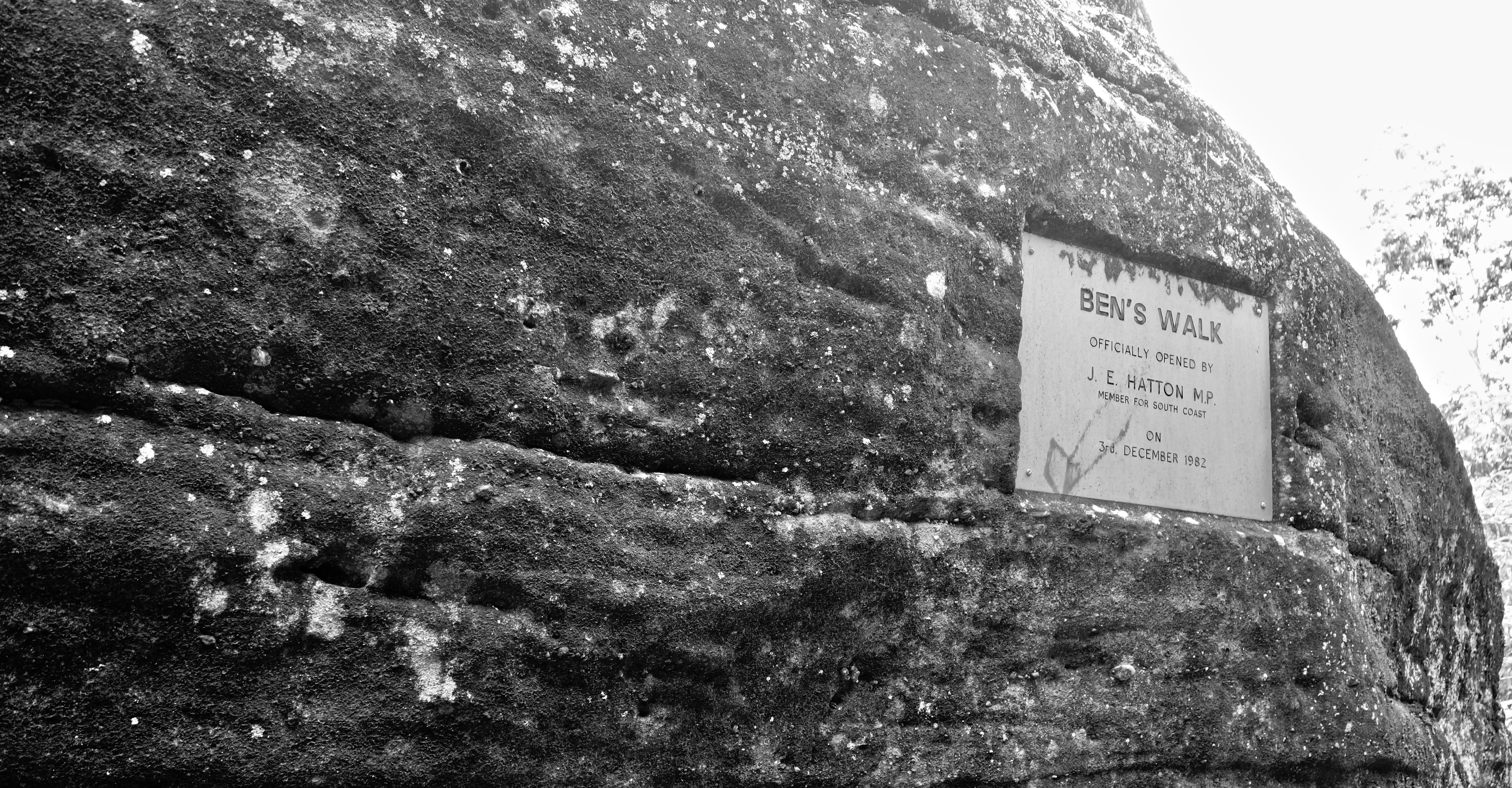
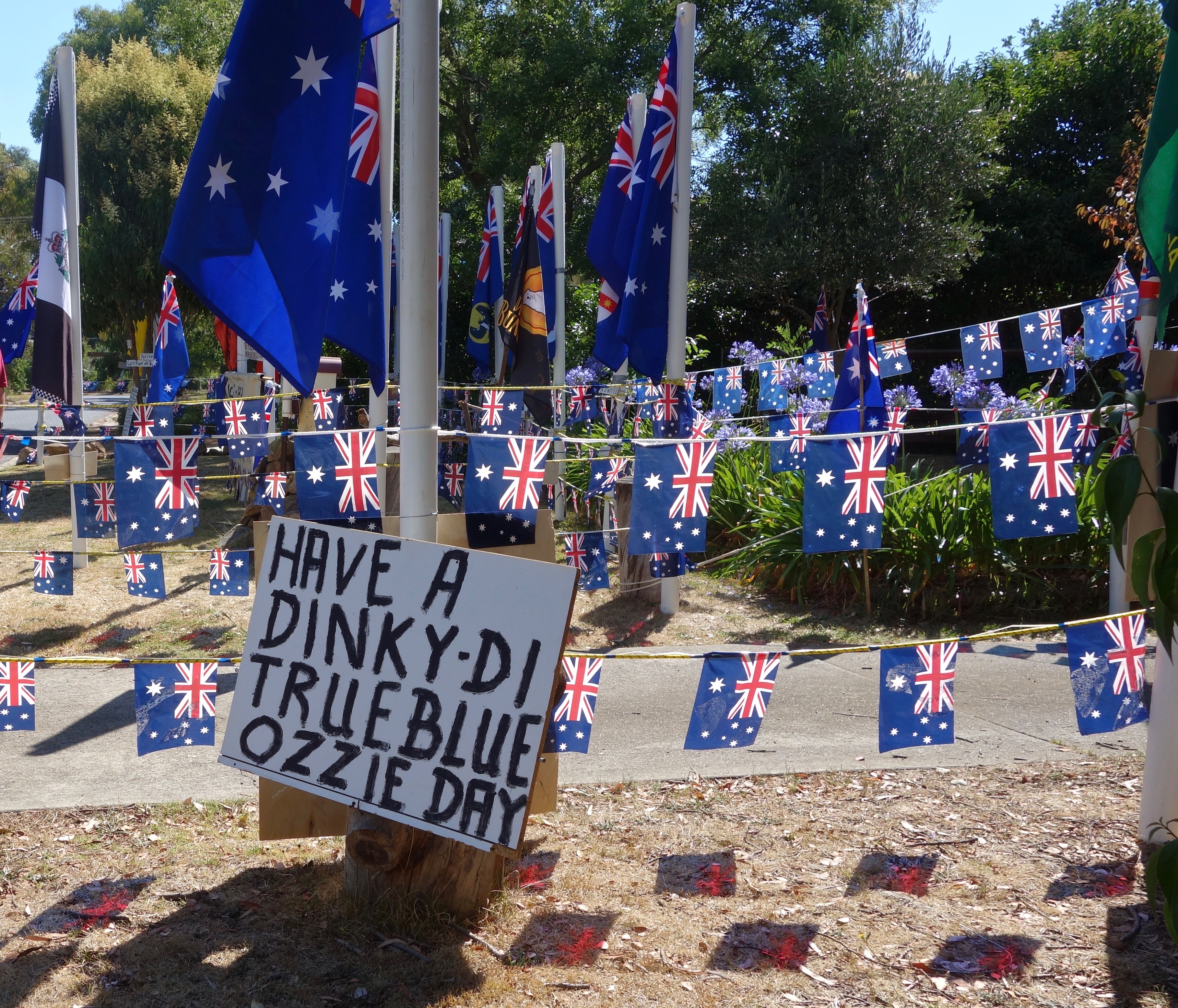




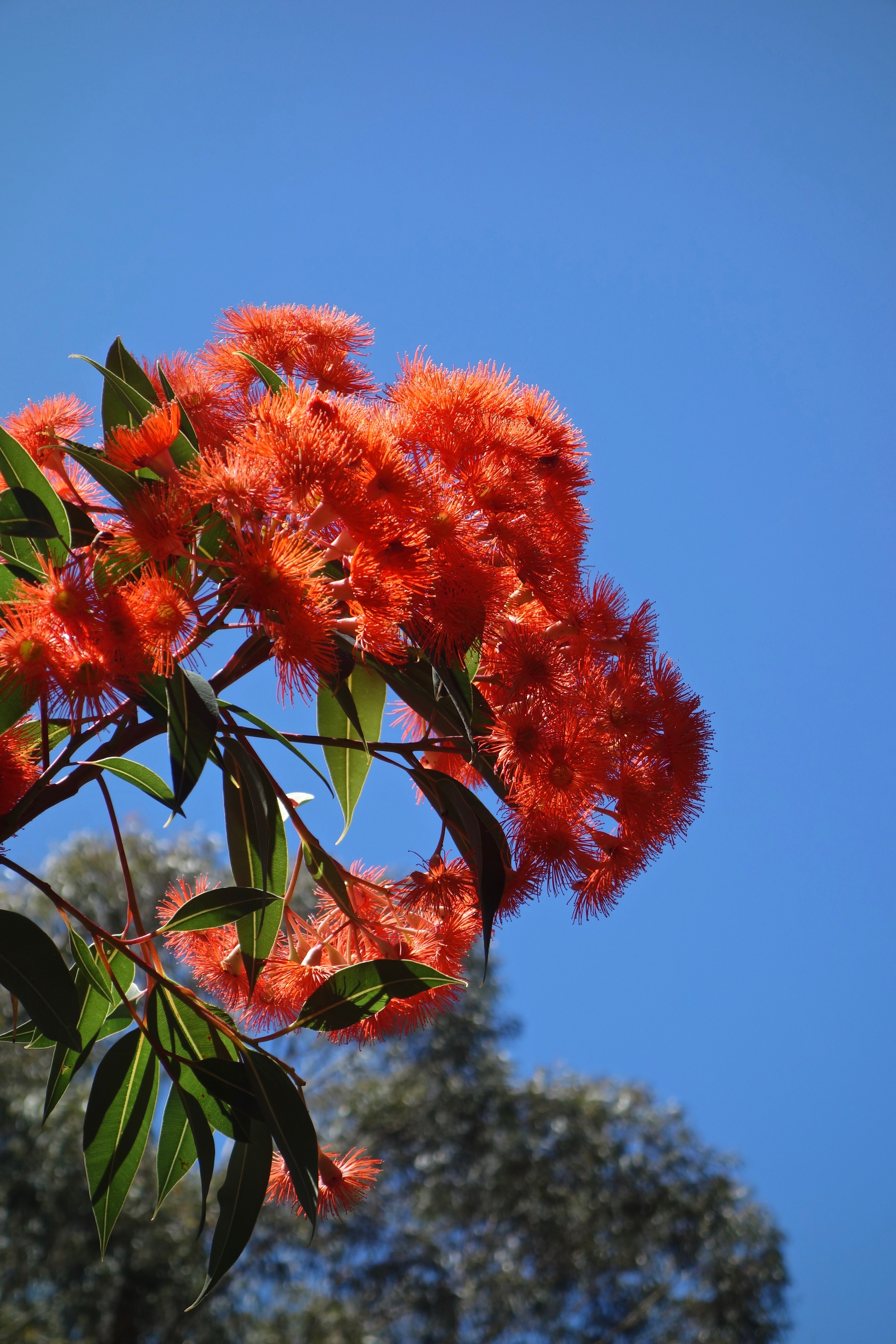

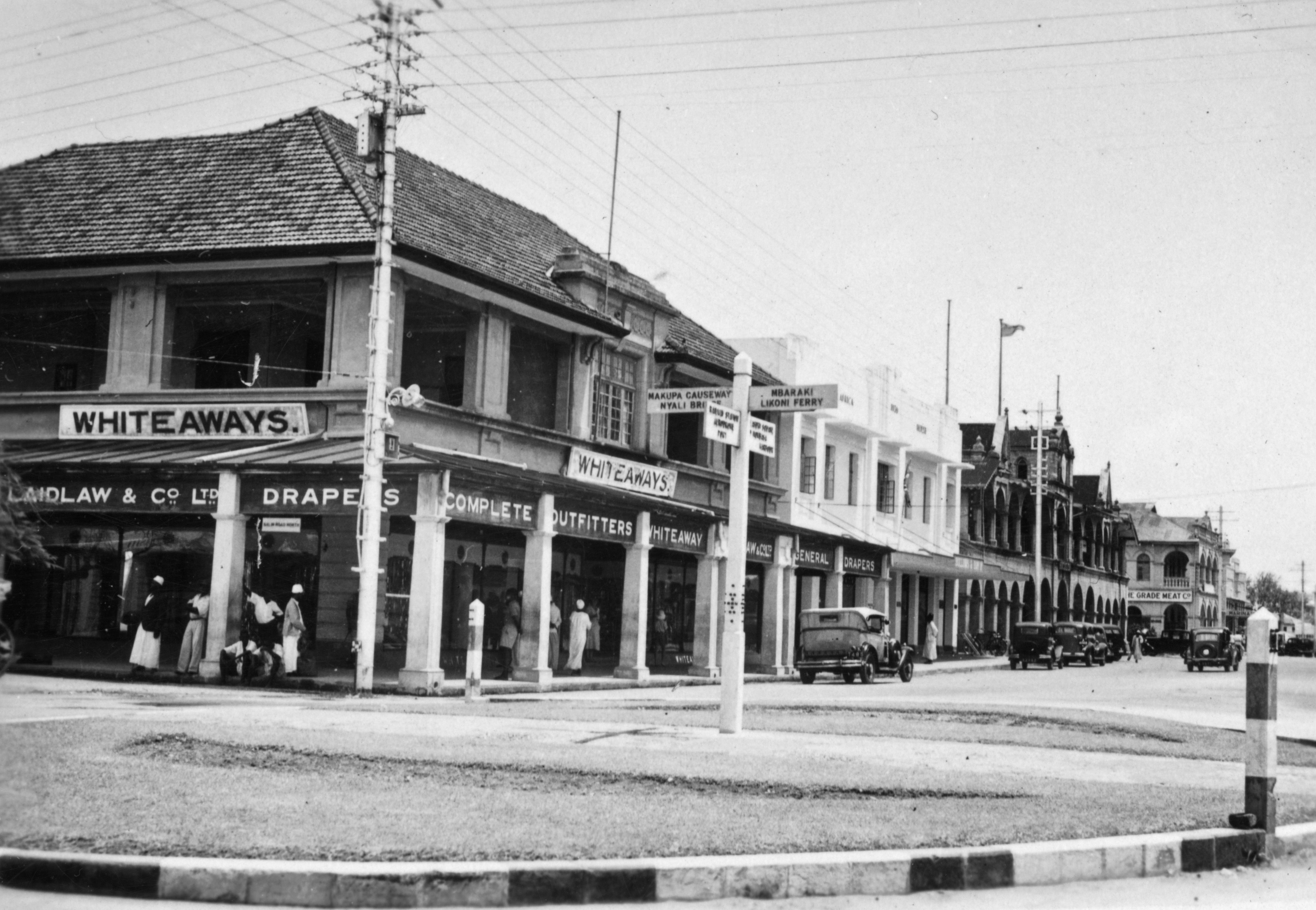
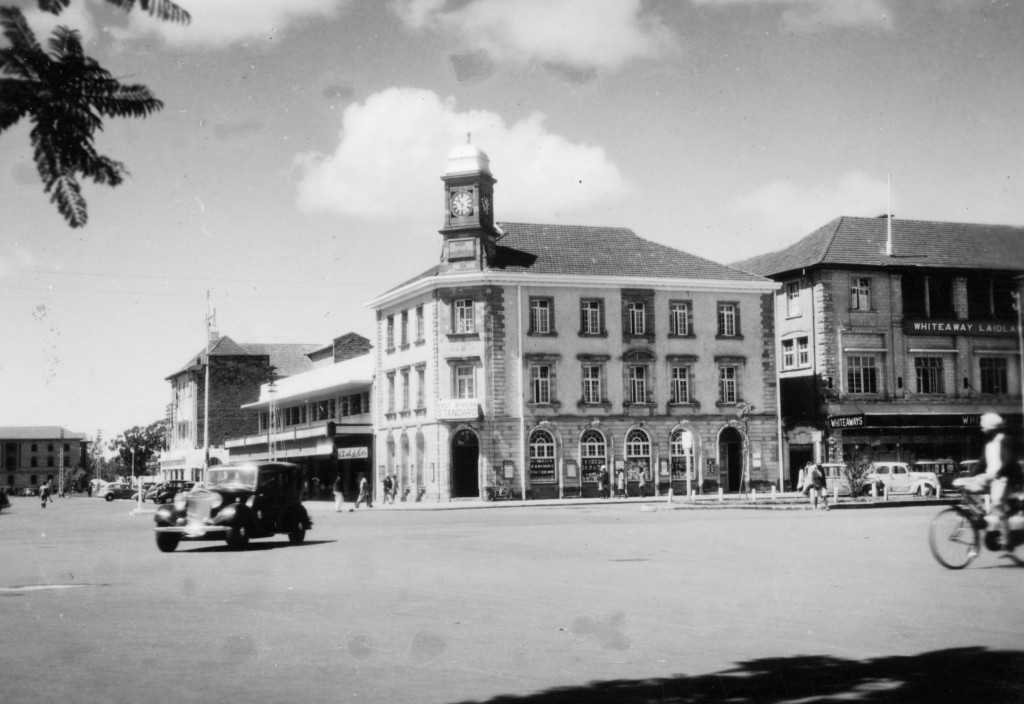
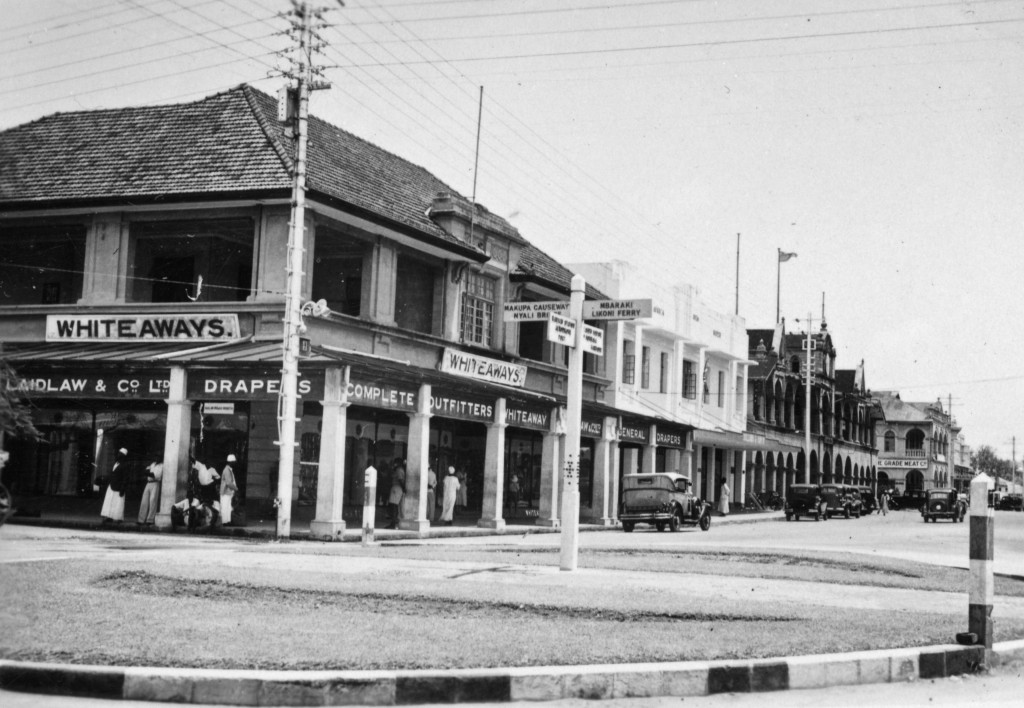
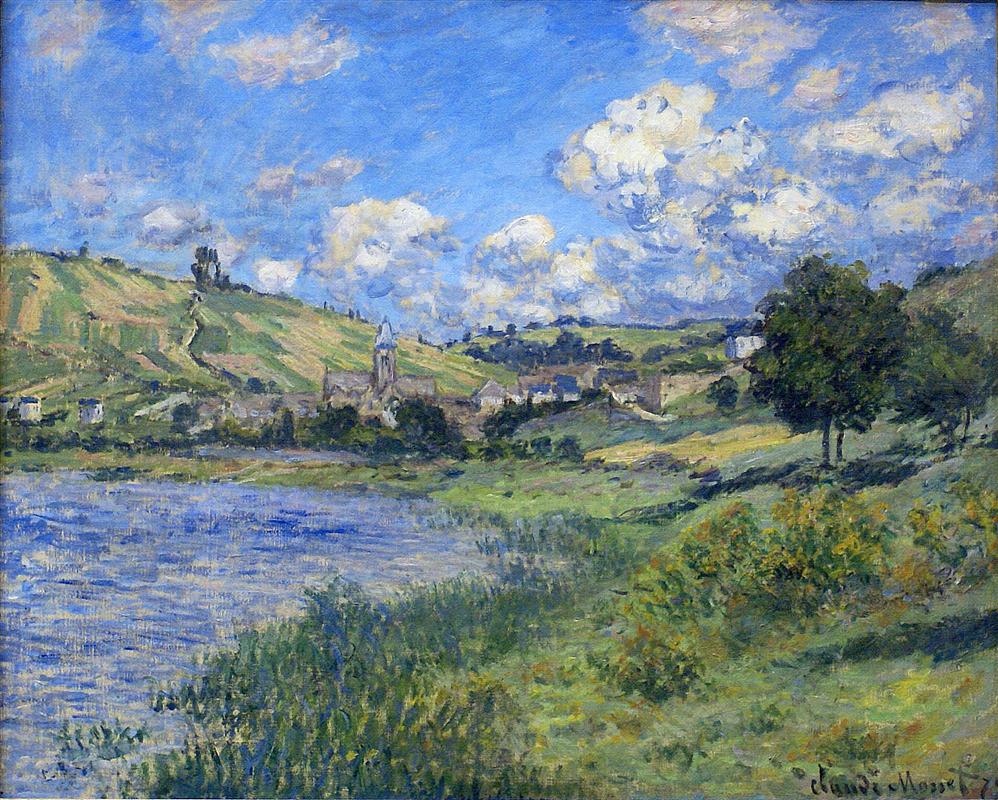


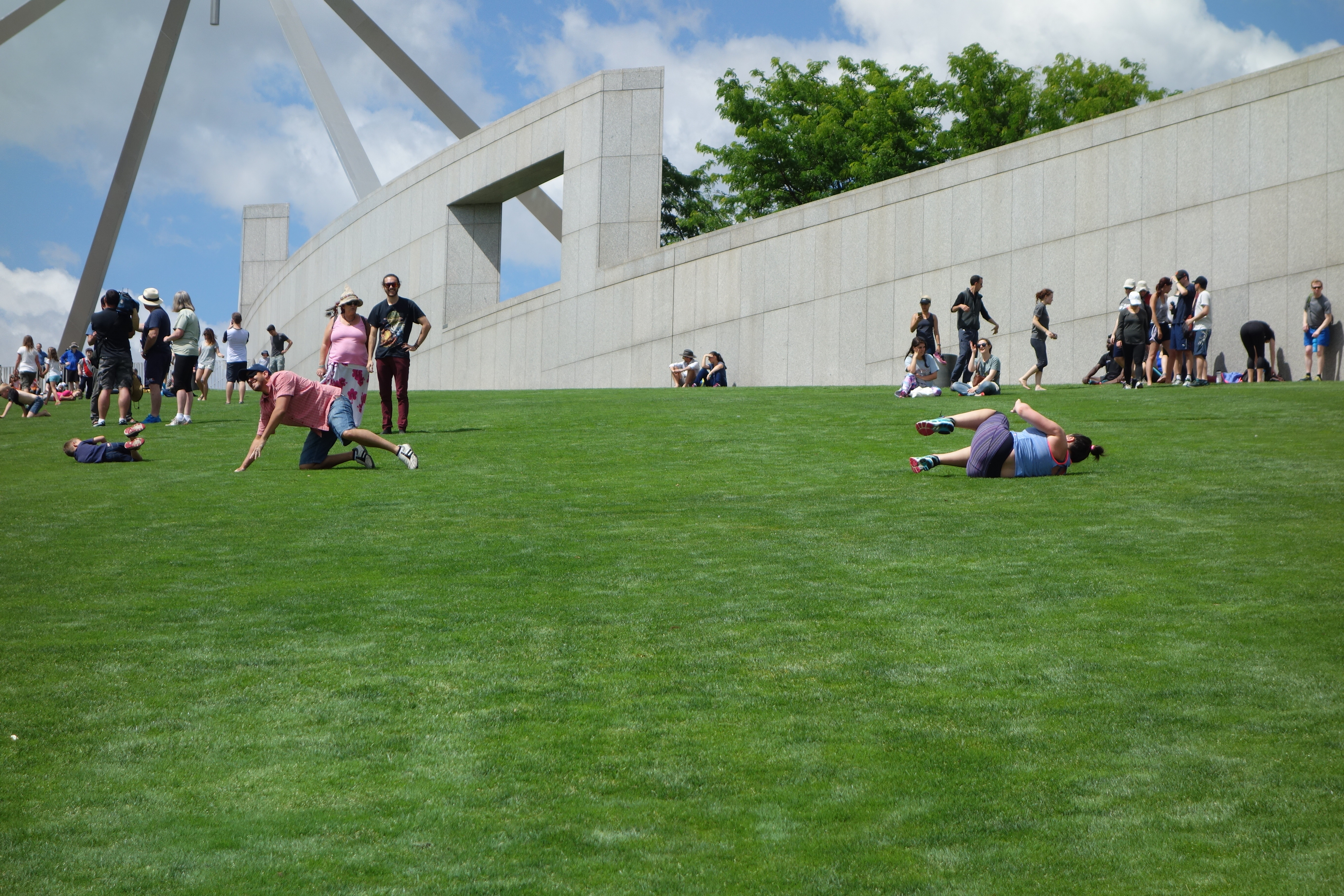






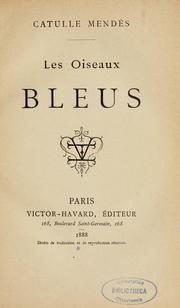

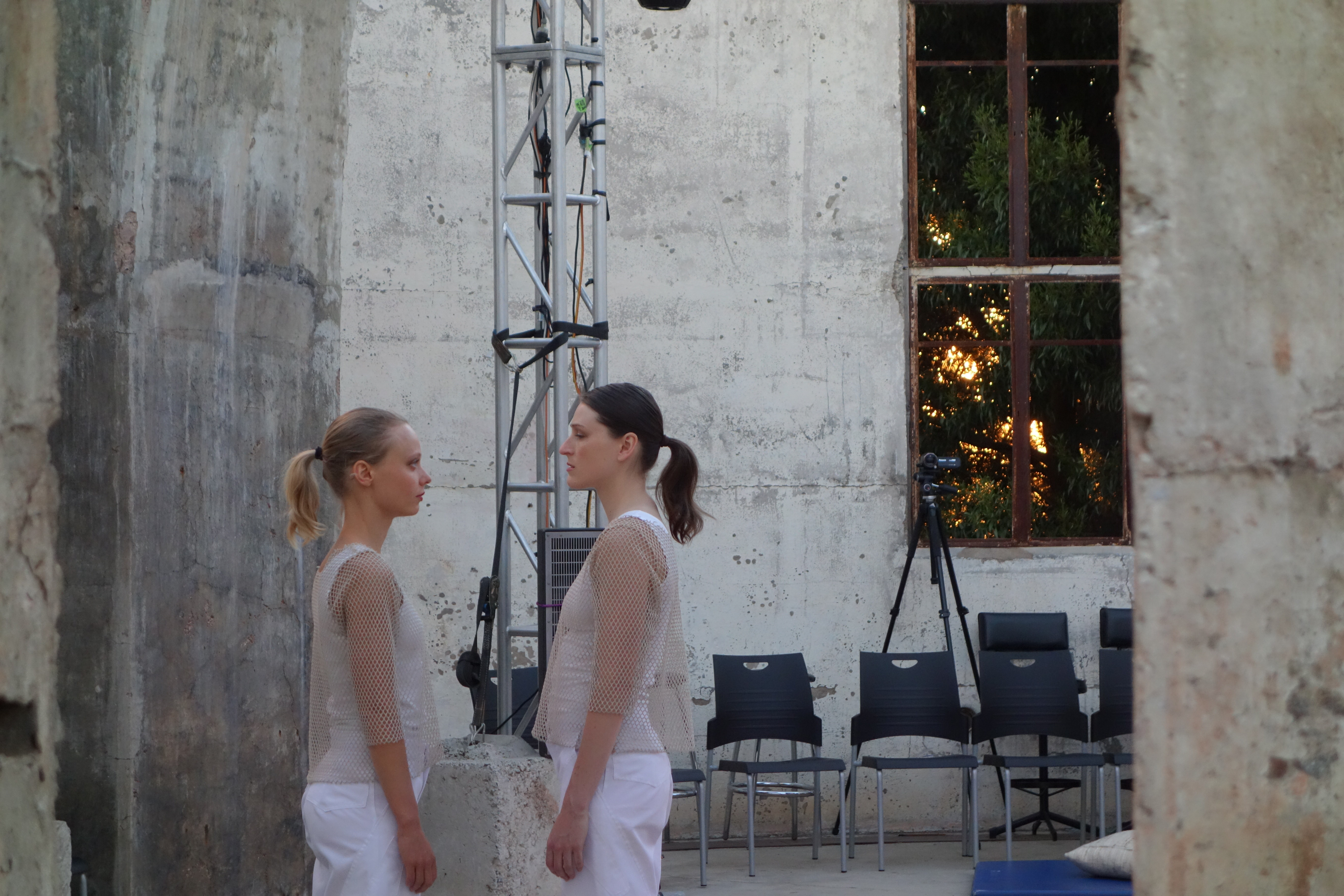
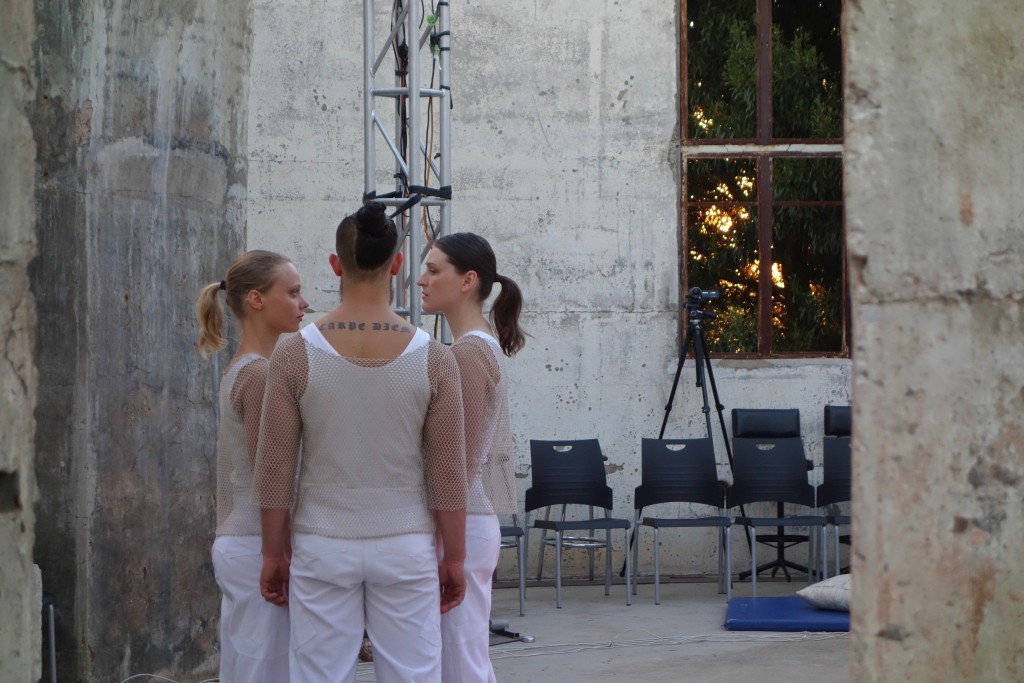
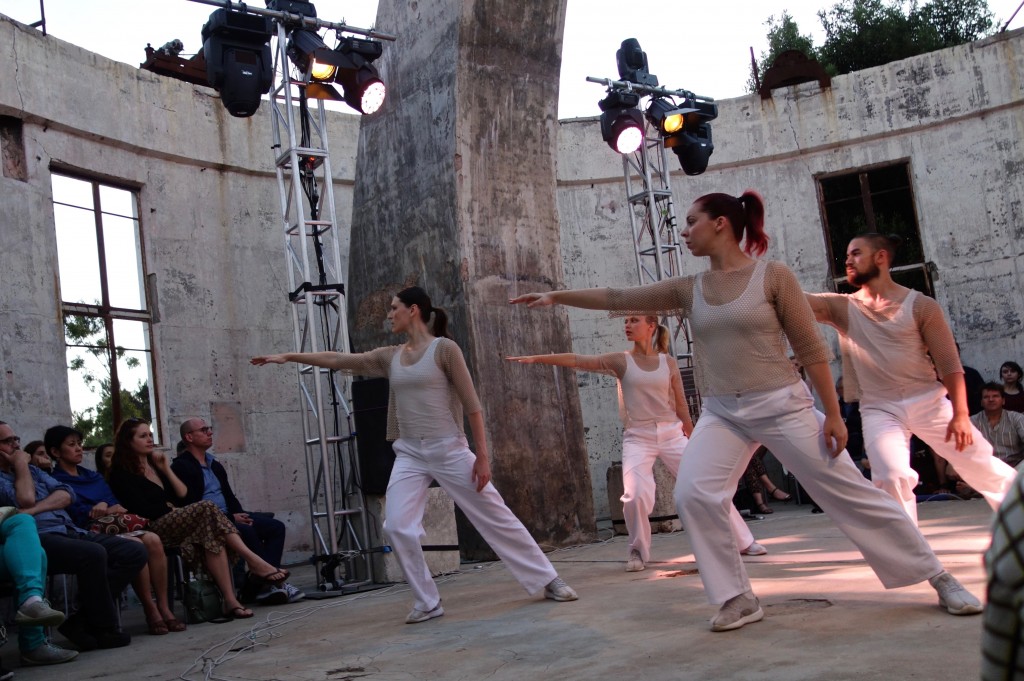
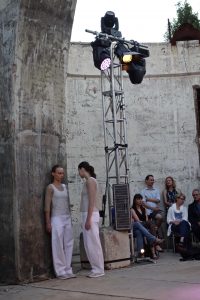 And as she practised her speech, the other three were her conscience, the angels and devils telling her she was doing it right and doing it wrong and she was hopeless at this but had to do it anyway. The four became one conscience and approached the audience, and again the blonde spoke, Hey, there’s something I really…, while a second dancer held her breath, another writhed and the fourth groaned painfully. All of that stuff that goes on inside us while we’re trying to appear calm and in control.
And as she practised her speech, the other three were her conscience, the angels and devils telling her she was doing it right and doing it wrong and she was hopeless at this but had to do it anyway. The four became one conscience and approached the audience, and again the blonde spoke, Hey, there’s something I really…, while a second dancer held her breath, another writhed and the fourth groaned painfully. All of that stuff that goes on inside us while we’re trying to appear calm and in control.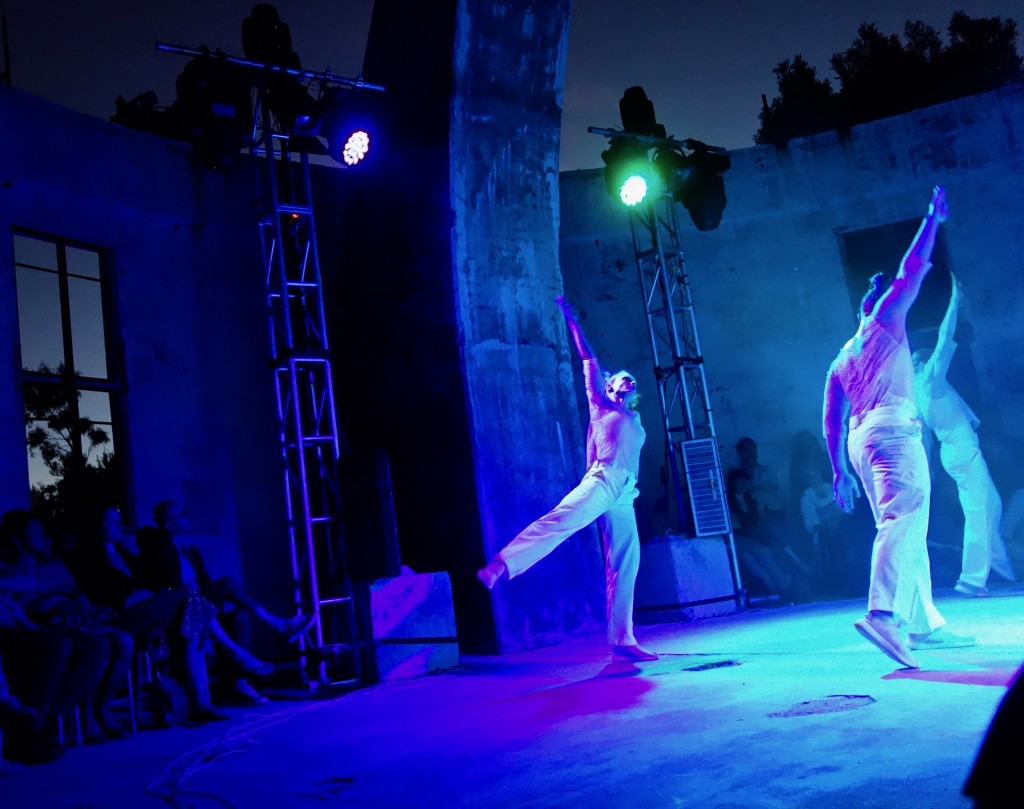
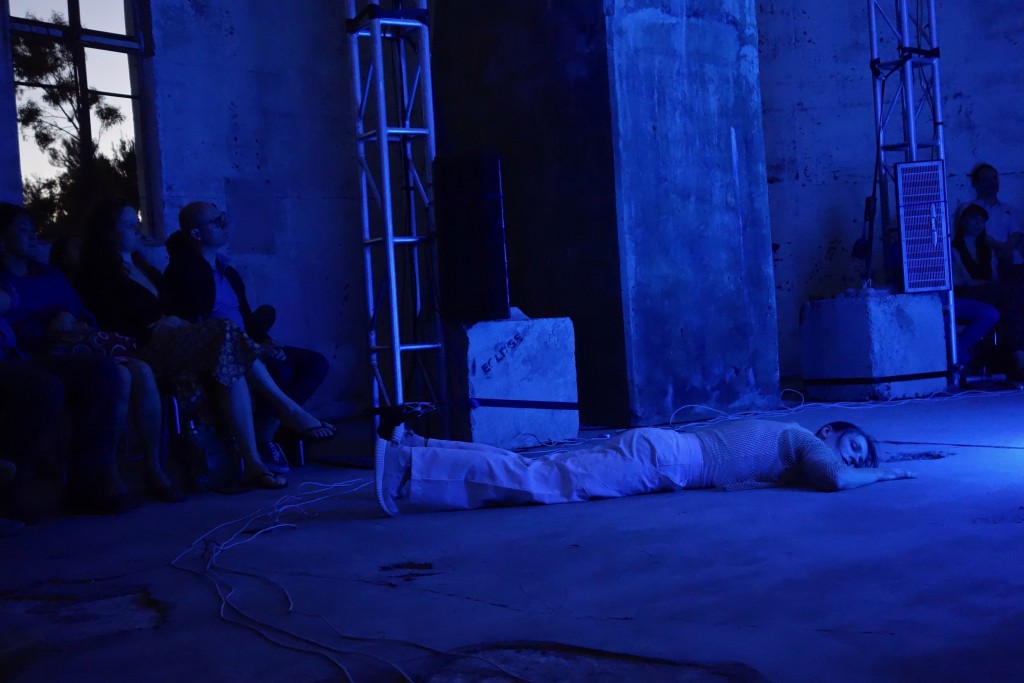
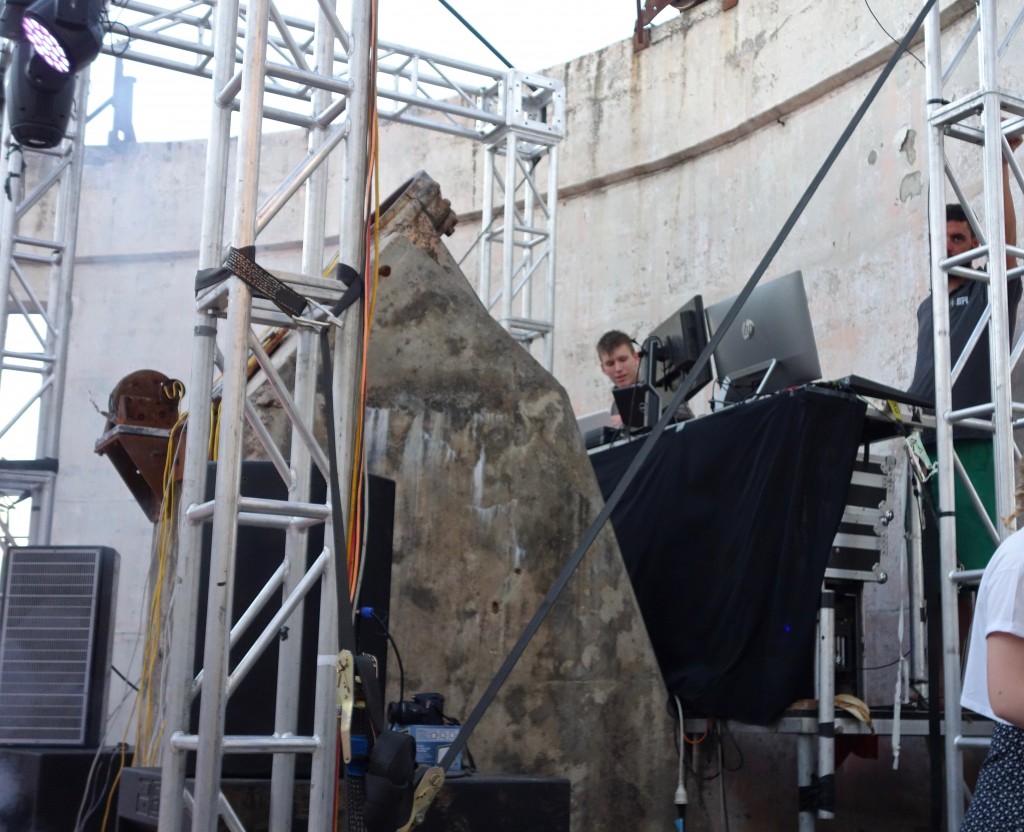
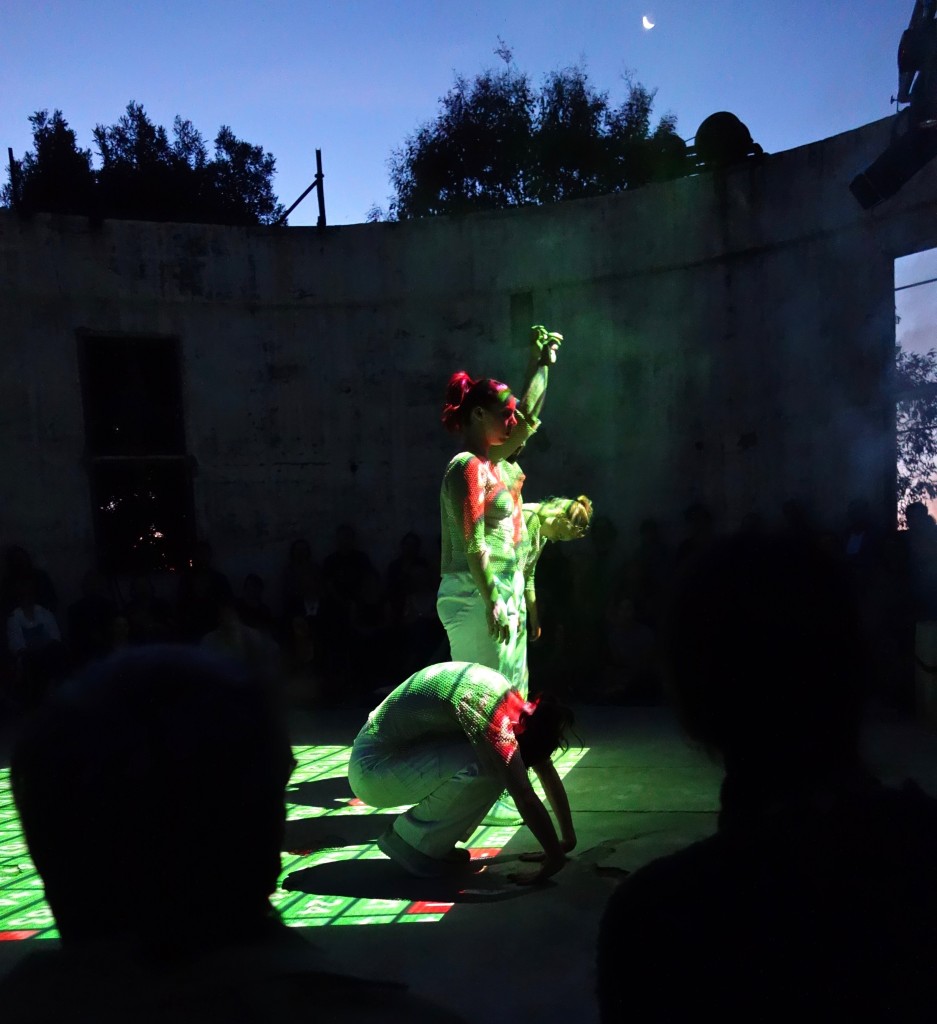
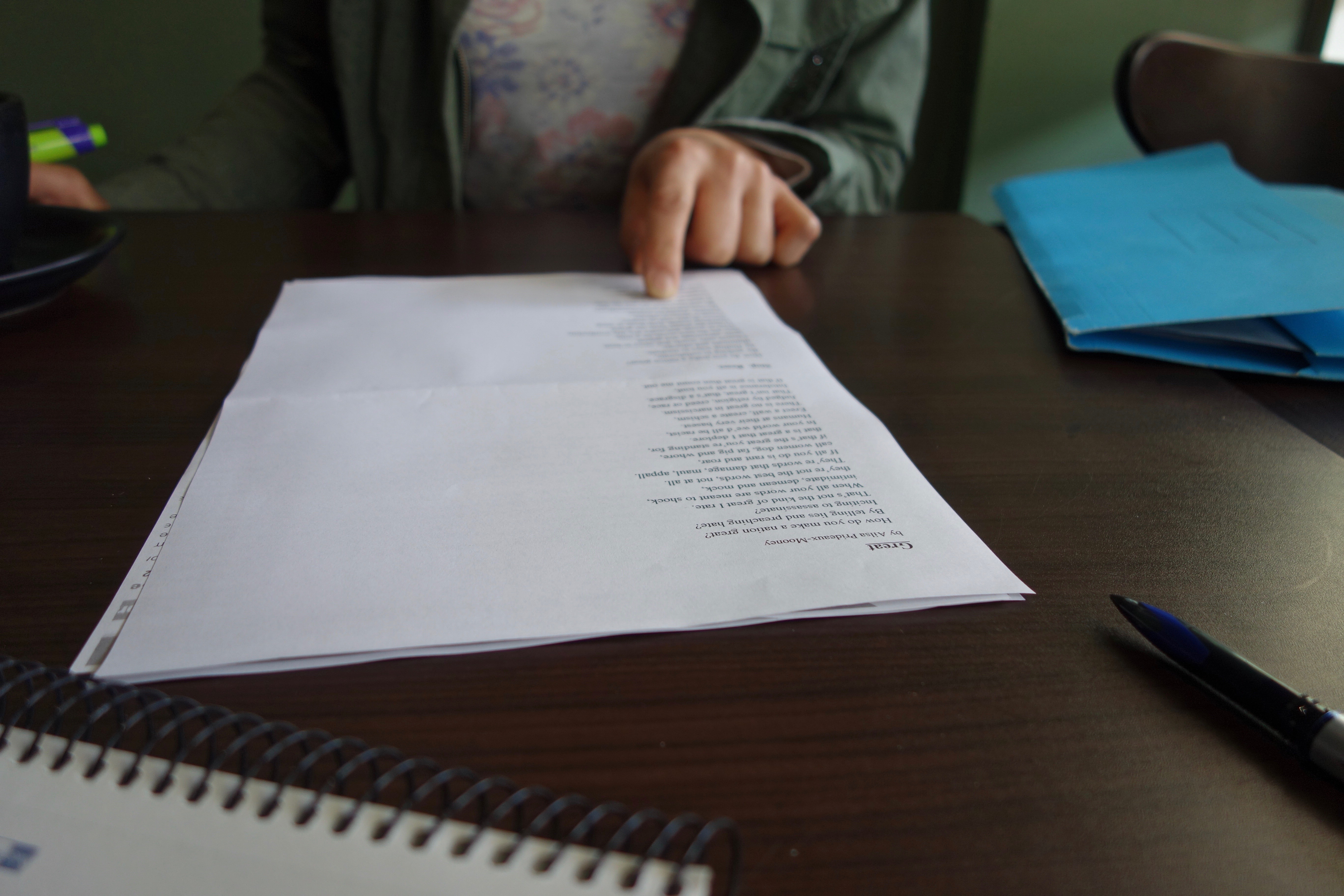
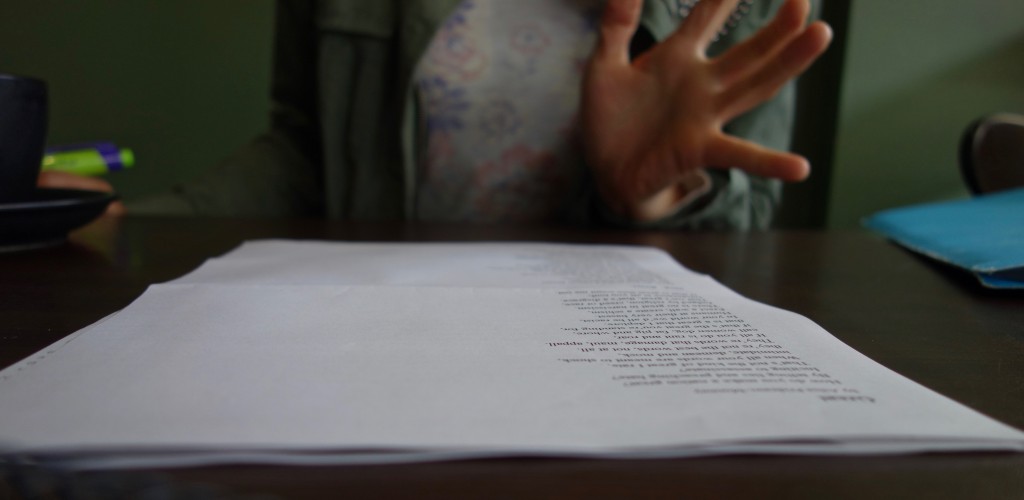 Now, I doubt that any great act on my part will counteract the new US president’s policies, but one day at a time, one person at a time, is a policy that’s working to make life better for me and my students in this part of the world.
Now, I doubt that any great act on my part will counteract the new US president’s policies, but one day at a time, one person at a time, is a policy that’s working to make life better for me and my students in this part of the world.




